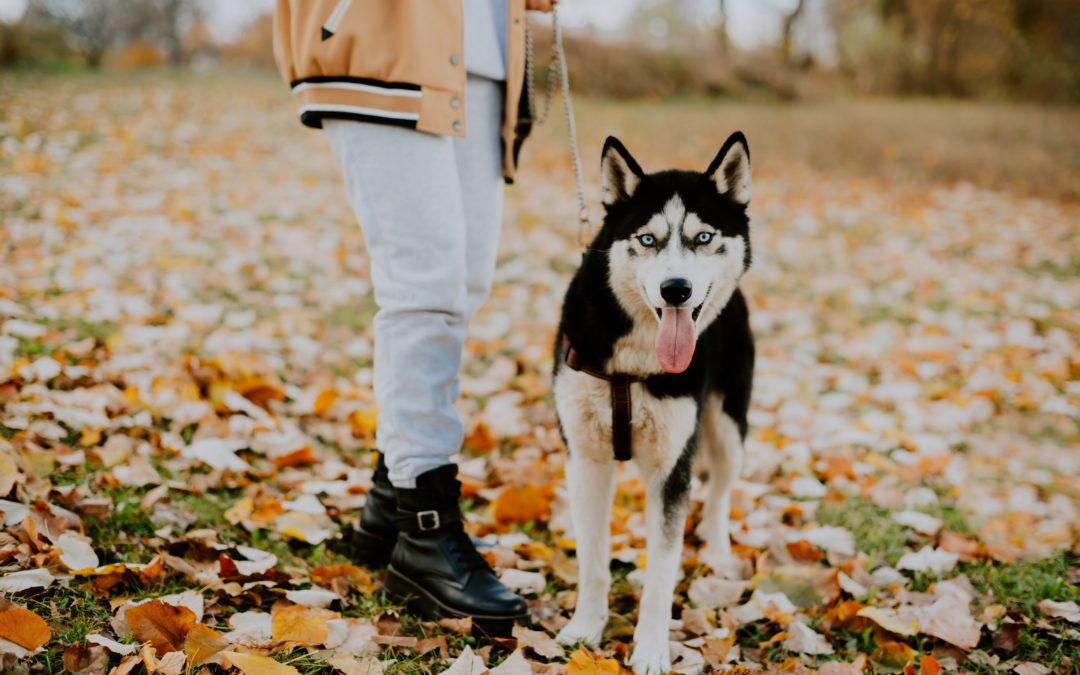Does My Pet’s Limp Require Medical Attention?
If your furry friend develops a limp, you may wonder whether it is a problem that requires urgent care or an issue that can be managed at home with rest. Here are the most common reasons pets limp and when it turns into an emergency.
Causes of limping in pets
Pets limp for a multitude of reasons. Some of the most common causes include:
- Osteoarthritis
- Torn cranial cruciate ligament (CCL)
- Hip or elbow dysplasia
- Anatomical abnormalities
- Joint dislocation
- Muscle sprain or strain
- Tick-borne disease
- Torn nail
- Wound on the paw or leg
- Nerve damage
- Bone fracture
- Cancer
When a limping pet needs emergency treatment
When your pet begins to limp, you can try to restrict their activity for a few days to see if they improve. However, some limping conditions require immediate treatment, largely because of concurrent problems. If your pet has a severe limp and any of the following signs, seek emergency veterinary care:
- Vocalization (e.g., howling, yowling, or growling)
- Trembling
- Behavior changes (e.g., hiding, refusing to move, or being aggressive)
- Bleeding
- An obvious fracture or dislocation
- Dragging the limb
- Large swelling on the affected limb
- Lethargy
- Disorientation
- High fever
- Vomiting
- Trouble breathing
How to assess your pet’s limp
Pets can develop an acute or chronic limp that has varying degrees of severity. If your pet begins limping suddenly but then is fine after a few steps, they likely do not require any treatment. Pay attention to which leg your pet is limping on, along with how they act. For example, if your pet is limping on a hind leg in a toe-touching manner but does not seem to be in much pain, they likely have torn their cranial cruciate ligament. Or, if your pet’s lameness shifts from leg to leg and sometimes disappears completely, they may have a tick-borne illness like Lyme disease. These conditions require veterinary treatment, as does a limp that results in no weight being put on the affected limb or one that worsens over time.
When in doubt about the severity of your pet’s limping, contact our team. We will triage their condition to determine the best course of action in caring for your furry pal.

